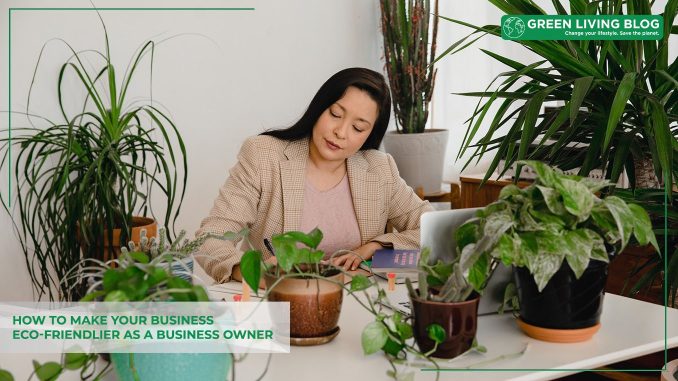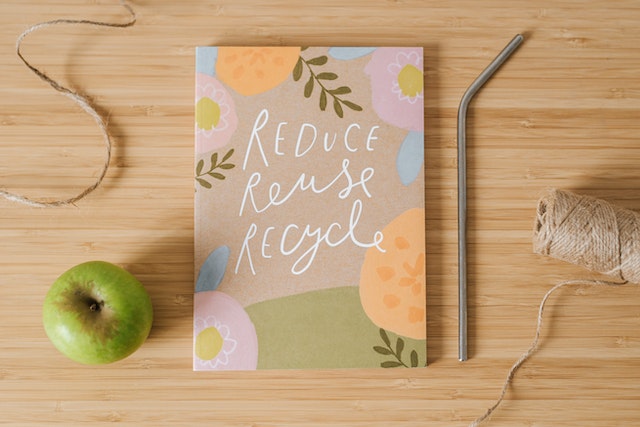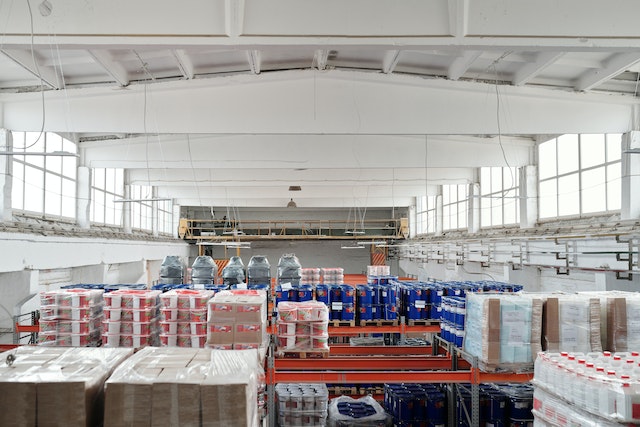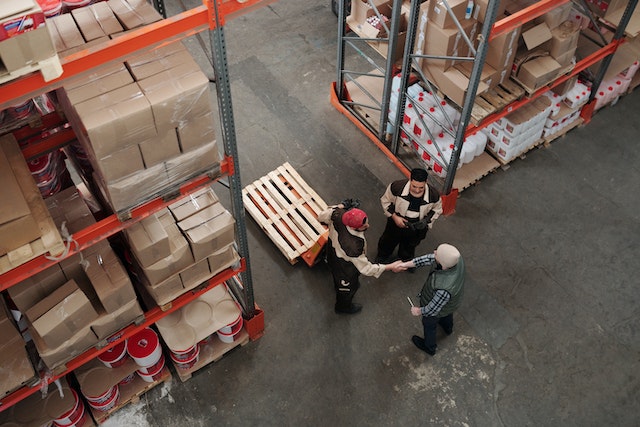
Amidst a global incentive to reduce carbon emissions and rapid global warming, there’s never been more reason to go green.
While it can be difficult enough for individual homeowners to adapt their properties to be more sustainable, it can be even more challenging for businesses.
Considering the resources and manpower involved with sourcing, producing, packaging, and delivering goods and services to the consumer, the environmental implications of business operations can be staggering.
But how can you as a business owner go about implementing the change and making your business eco-friendlier?
1. Incorporate your Business Mission into your Ethos

In the same way that many businesses take a customer-focused approach when fostering their company culture, ensure that your commitment to sustainability is ingrained in your brand ethos. Whichever physical means you may use to boost sustainability and make your operations eco-friendlier, it’s important that the ethics and practicalities of ‘going green’ are made clear to your colleagues. By stamping your eco-friendly credentials directly onto your brand identity, you’ll create instant awareness for the green cause and encourage your employees and peers to take a more sustainable approach in both work and their everyday lives.
While customers may not be susceptible to preaching, it’s also important that you discuss your eco-friendly efforts with them concerning their customer needs. Gather insight from your clients about how they feel that you could improve your eco-friendly ambitions and don’t be afraid to take their feedback on board!
2. Source Materials with Longevity

When it comes to sourcing materials for your products, ensure that sustainability and longevity are the primary focus, right from the initial product development and budgeting stages. While the cost and quality of product materials are of course extremely important, you don’t always have to go for the cheapest option, especially if you’re trying to make your business eco-friendlier. Consider re-arranging or scrapping existing procedures and processes to make space for alternative methods that could enable a more thoughtful and ethical use of materials.
While this may be an operational headache, it will certainly be beneficial in the long term. And while many customers have come to expect fast and free shipping (often receiving goods within 24 hours of making a purchase), this is not always the best environmental option, especially in the case of those deliveries transported by air. The price of fuel and logistics often associated with 24-hour delivery could negate your eco-friendly efforts in other departments and significantly boost your carbon footprint.
3. Choose Sustainable Packaging

In the same way that you may need to re-think the materials you use when developing your products, it’s also important that you source sustainable or recyclable materials for your packaging. In particular, the overuse of plastics has had a significantly negative impact on the environment, so try to avoid these at all costs.
To keep control of your budget, try to go with affordable eco-friendly packaging materials and more environmentally friendly options, whether that be bio-degradable mailing bags or compostable carrier bags.
You can get more inspiration from the sustainable businesses listed in our eco-friendly products guide or from our green expert guides in our business section.
![]()
Author Profile

- Eco Warrior by day, Eco Blogger by night trying to get the eco balance right.
Latest entries
 Green Home GuidesApril 17, 2025How Heat Pumps Help Cut Household Carbon Emissions
Green Home GuidesApril 17, 2025How Heat Pumps Help Cut Household Carbon Emissions EnvironmentApril 17, 20256 Benefits of Wall Cladding for Eco-Friendly Renovations
EnvironmentApril 17, 20256 Benefits of Wall Cladding for Eco-Friendly Renovations EnvironmentMarch 31, 20255 Sustainable Materials for Building Your Dream Eco-Friendly Pergola
EnvironmentMarch 31, 20255 Sustainable Materials for Building Your Dream Eco-Friendly Pergola Best practicesMarch 25, 202510 Green Tips to Live a More Sustainable Lifestyle
Best practicesMarch 25, 202510 Green Tips to Live a More Sustainable Lifestyle





Leave a Reply
You must be logged in to post a comment.